What to Eat When Your Stomach is Mad at You: A Real-Life Guide
Let’s be honest, there are few things more miserable than an angry, irritated stomach. One minute you’re fine, the next you’re dealing with that awful trifecta of cramping, bloating, and a general feeling that something is just… wrong. After years of helping folks navigate this exact problem, the most common question I hear is simple: “What can I eat RIGHT NOW to feel better?”
In this article
- First, What’s Actually Happening in There?
- The “Do Not Touch” List: Foods to Avoid
- The Starch Staples: Rice and Potatoes
- Gentle Fruits and a Note on Toast
- Hydration Heroes: The Right Herbal Tea for the Job
- Foods for Rebuilding Your Gut
- Your Step-by-Step Recovery Plan
- Common Pitfalls to Avoid
- Quick-Start Shopping List
Forget about complicated miracle cures. This is about gut first aid. We’re talking about gentle, soothing foods that work with your body, not against it, giving it a much-needed break. Think of this as your practical game plan for calming things down.
We’ll walk through the best foods, how to prep them, and why they actually work. Most importantly, we’ll be crystal clear about when food is your friend and when it’s time to call a doctor.
First, What’s Actually Happening in There?
Before we get to the food, it helps to have a quick picture of the chaos inside. An “irritated stomach” usually means the lining of your stomach—the gastric mucosa—is inflamed. This powerful lining is meant to protect your stomach walls from the strong acid needed for digestion.

But when it gets inflamed (from stress, spicy food, a virus, you name it), it gets incredibly sensitive. Acid production can go haywire, and the muscles in your stomach wall can spasm, which you feel as cramps. The goal is to calm that inflammation.
Heads Up: Discomfort vs. a Deeper Problem
It’s so important to know the difference between a temporary tummy ache and something more serious. A day or two of discomfort after eating something funky is pretty common. But if your gut issues are sticking around, you might be dealing with something like gastritis, IBS, or an ulcer, which all need a proper medical diagnosis.
This is non-negotiable: This guide is for managing temporary, mild irritation. You need to see a doctor, preferably a gastroenterologist, right away if you’re experiencing:
- Severe or ongoing stomach pain
- Weight loss you can’t explain
- Trouble swallowing
- Blood in your stool or black, tarry stools
- Vomiting that won’t stop
- Feeling super full after only a few bites of food
Seriously, food is a great tool, but it’s no substitute for a doctor’s diagnosis. Don’t try to mask a potentially serious issue.
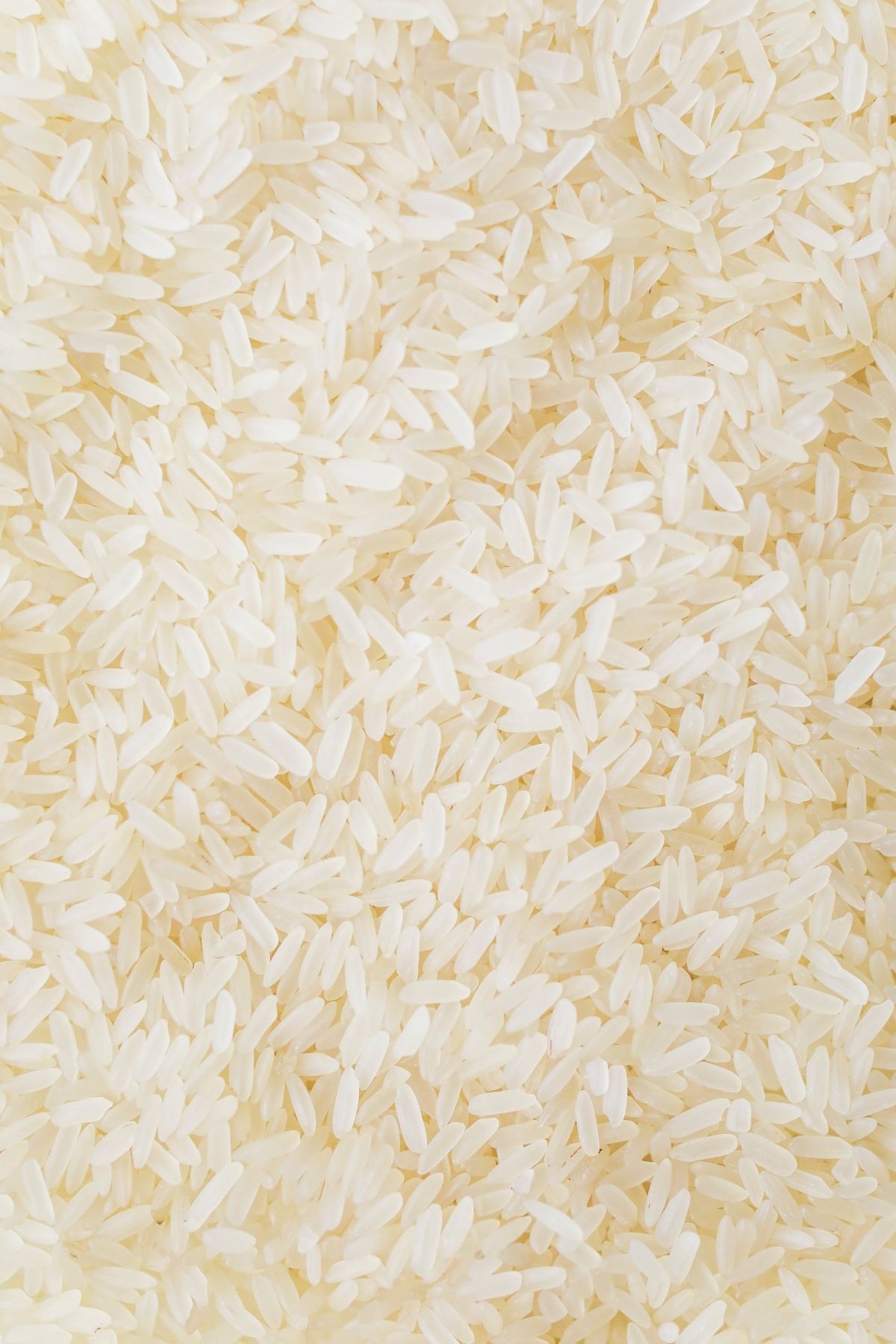
The “Do Not Touch” List: Foods to Avoid
Before we even talk about what to eat, let’s cover what to avoid. When your stomach is screaming, stay away from these:
- Fatty & Fried Foods: French fries, greasy burgers, anything heavy in oil. Fat slows down stomach emptying, which can make you feel more bloated and nauseous.
- Spicy Foods: This one’s a no-brainer. Things like chili, hot sauce, and even black pepper can directly irritate your stomach lining.
- Acidic Foods: For now, skip tomatoes, citrus fruits (oranges, grapefruit), and vinegar-based dressings.
- Dairy (for some): Milk, cheese, and cream can be tough to digest for many, especially during a flare-up. Plain yogurt is the one exception we’ll discuss later.
- Raw Veggies & High-Fiber Grains: A raw salad or a bowl of bran cereal sounds healthy, but all that insoluble fiber is like a scrub brush on an open wound. Avoid it.
- Alcohol & Caffeine: Both can increase stomach acid and worsen inflammation. Stick to water and the herbal teas below.
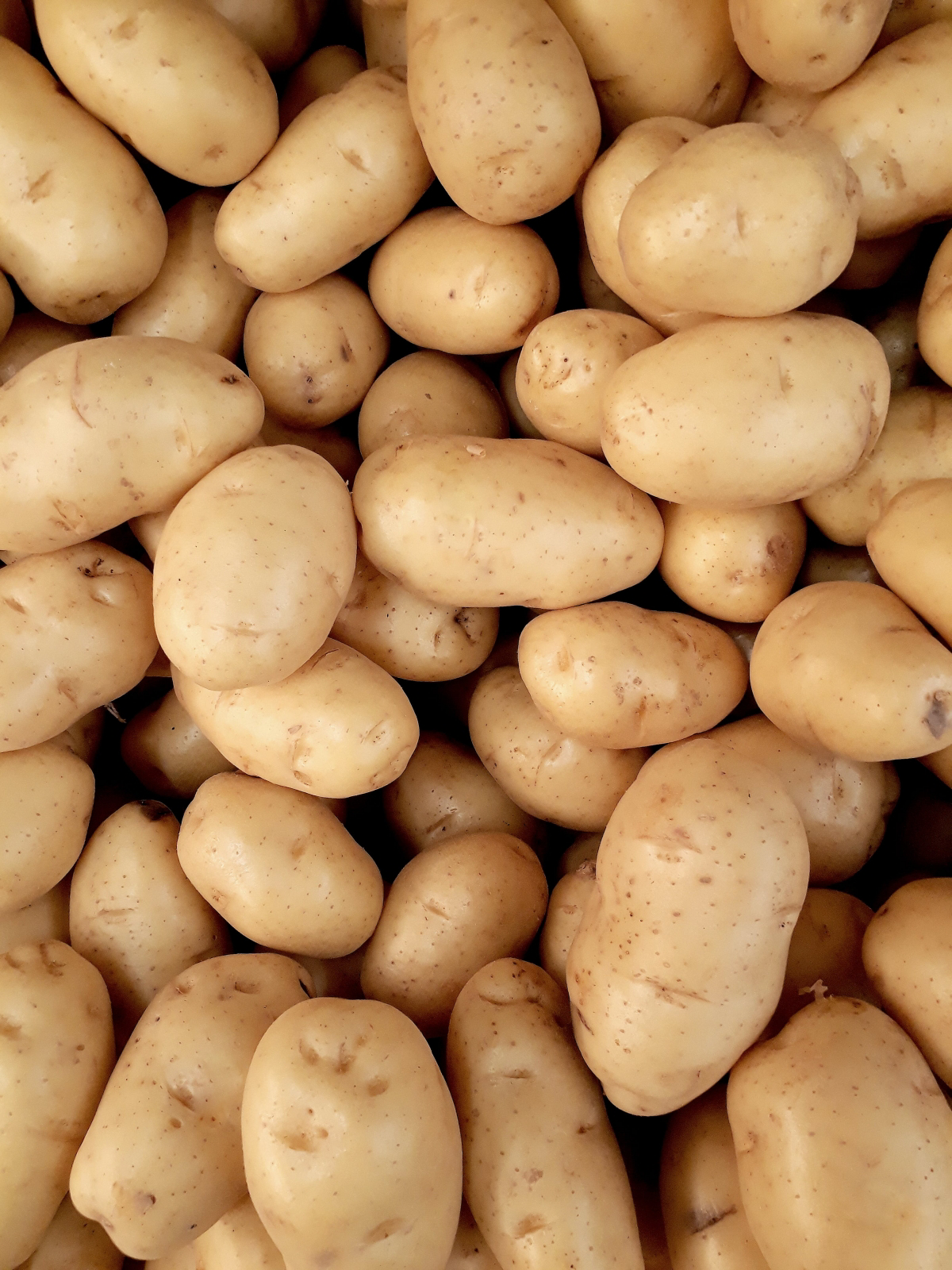
The Starch Staples: Rice and Potatoes
When your gut is in turmoil, simple starches are your best friends. They’re predictable, easy to digest, and actively help soothe the irritation.
White Rice: The Ultimate Comfort Food
I know, I know—we’ve all been told that brown rice is the healthier choice. And for everyday life, it is! But that healthy fiber is exactly what makes it a bad idea for an irritated stomach. White rice has had that fibrous bran and germ removed, leaving just the soft, gentle starch.
Here’s why it works: When you cook white rice, the starch gelatinizes, creating a soft, sticky consistency. This forms a kind of protective coating over your inflamed stomach lining, acting as a buffer against acid. It’s like giving your stomach a soft blanket so it can rest.
Pro Tip: The preparation is everything. For maximum soothing power, you want to make a rice porridge, often called congee. It’s incredibly simple:
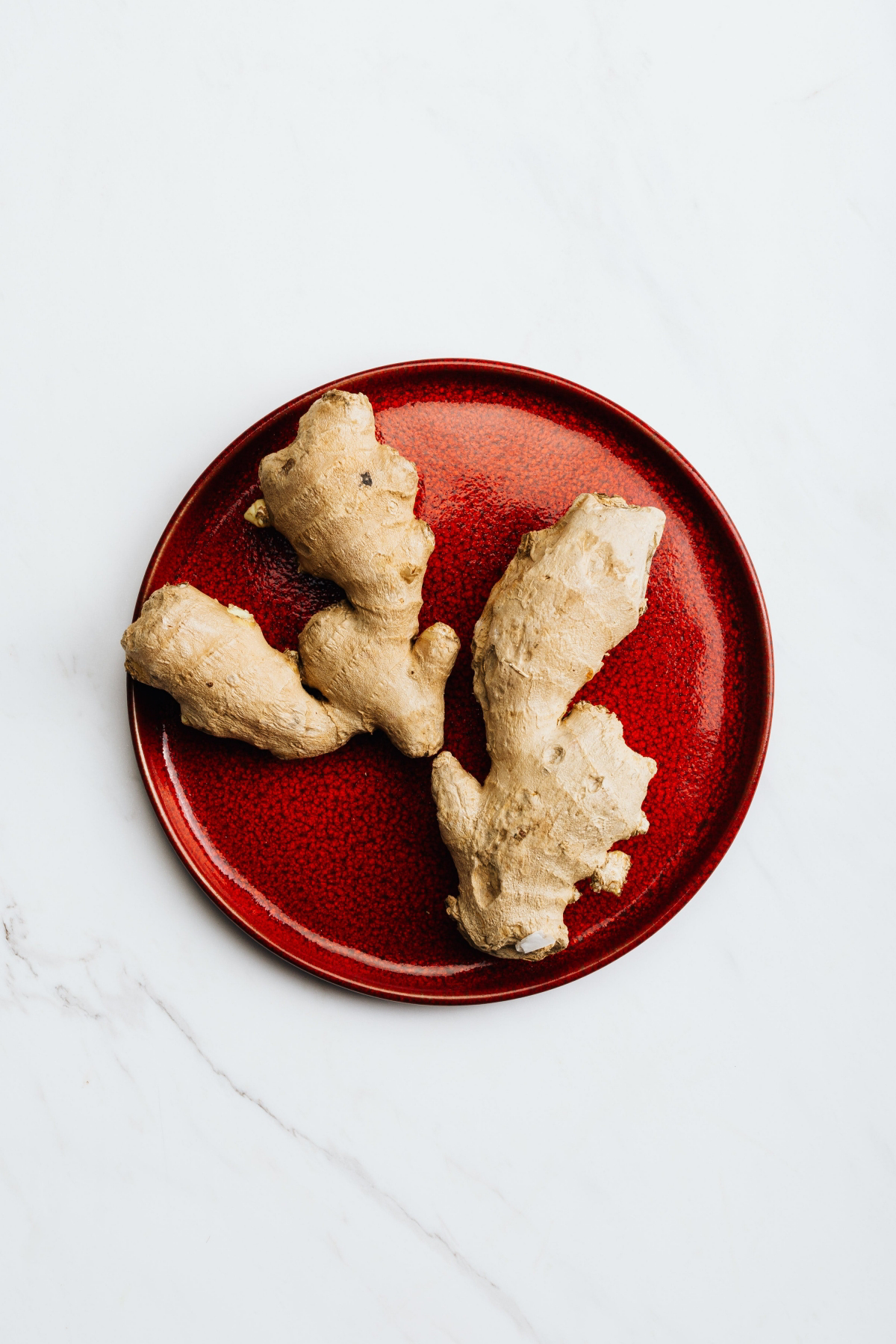
- Use a ratio of 1 part white rice to about 8-10 parts water or low-sodium broth.
- Bring to a boil, then drop the heat to a low simmer.
- Cook it slowly for 1 to 1.5 hours, stirring every so often, until the rice breaks down into a creamy porridge.
Eat it plain. No butter, no spices. A tiny pinch of salt is okay if you absolutely need it. The goal is pure gentleness.
Potatoes: More Than Just a Spud
Potatoes are another high-starch hero. They give you energy without making your stomach do a lot of work. Plus, they’re a fantastic source of potassium, an electrolyte you can lose quickly if you’ve been dealing with vomiting or diarrhea.
How to prepare them: Fried is out. That means no french fries or potato chips. Instead, you want to either boil or bake them. I usually recommend baking, since some of the potassium can leach out into the water when boiling.
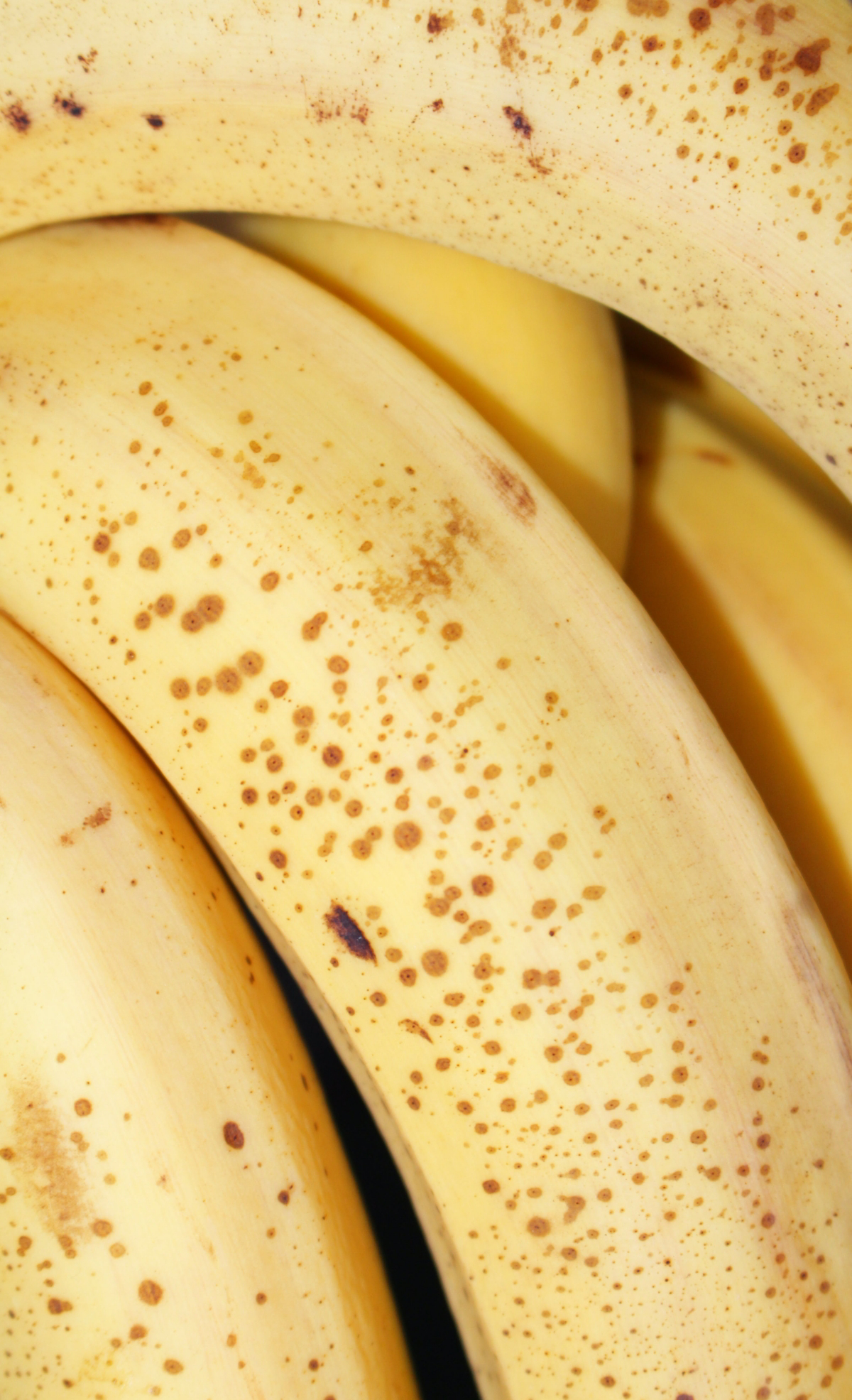
A quick tip: Make sure to peel the potato. The skin is full of that rough insoluble fiber you want to avoid. Bake it until it’s super soft, then mash the inside with a fork. If it’s too dry, add a splash of plain bone broth or a little bit of the water you boiled other veggies in—just don’t add milk or butter.
Gentle Fruits and a Note on Toast
Raw fruit can be a minefield of acid and fiber, but a couple of options, when prepared right, are fantastic.
Ripe Bananas: Nature’s Easiest Snack
Bananas are a classic for a reason. They’re soft, easy to digest, and full of nutrients. But here’s a common mistake: eating an unripe, green-tipped banana. The resistant starch in green bananas can ferment in your gut and cause more gas and bloating.
You want a banana that is fully yellow, maybe even with a few brown spots. At this stage, the starches have converted to simple sugars, making it a breeze to digest. They also contain pectin, a soluble fiber that forms a gentle gel in your stomach, which can help slow things down if you have diarrhea.

Cooked Apples (Applesauce): The Gentle Giant
A raw, crisp apple? Too harsh. But when you cook it, everything changes. Cooking breaks down the tough fibers and makes the soothing pectin more available, just like in bananas.
Making your own applesauce is way better than buying it, as the store-bought kind is often loaded with sugar. It’s easy:
- Peel and core 3-4 soft apples (like McIntosh).
- Chop them up and toss them in a pot with about 1/2 cup of water.
- Simmer on low, covered, for 20-25 minutes until they’re mushy.
- Mash them with a fork. A tiny pinch of cinnamon is a nice touch.
What About Toast? The ‘T’ in the BRAT Diet
You’ve probably heard of the BRAT (Bananas, Rice, Applesauce, Toast) diet. Toast can be a good option, but it has to be the right kind. You want plain toast made from simple white bread. Again, avoid whole-wheat, whole-grain, or high-fiber breads. And for the first day or so, eat it dry—no butter or jam.
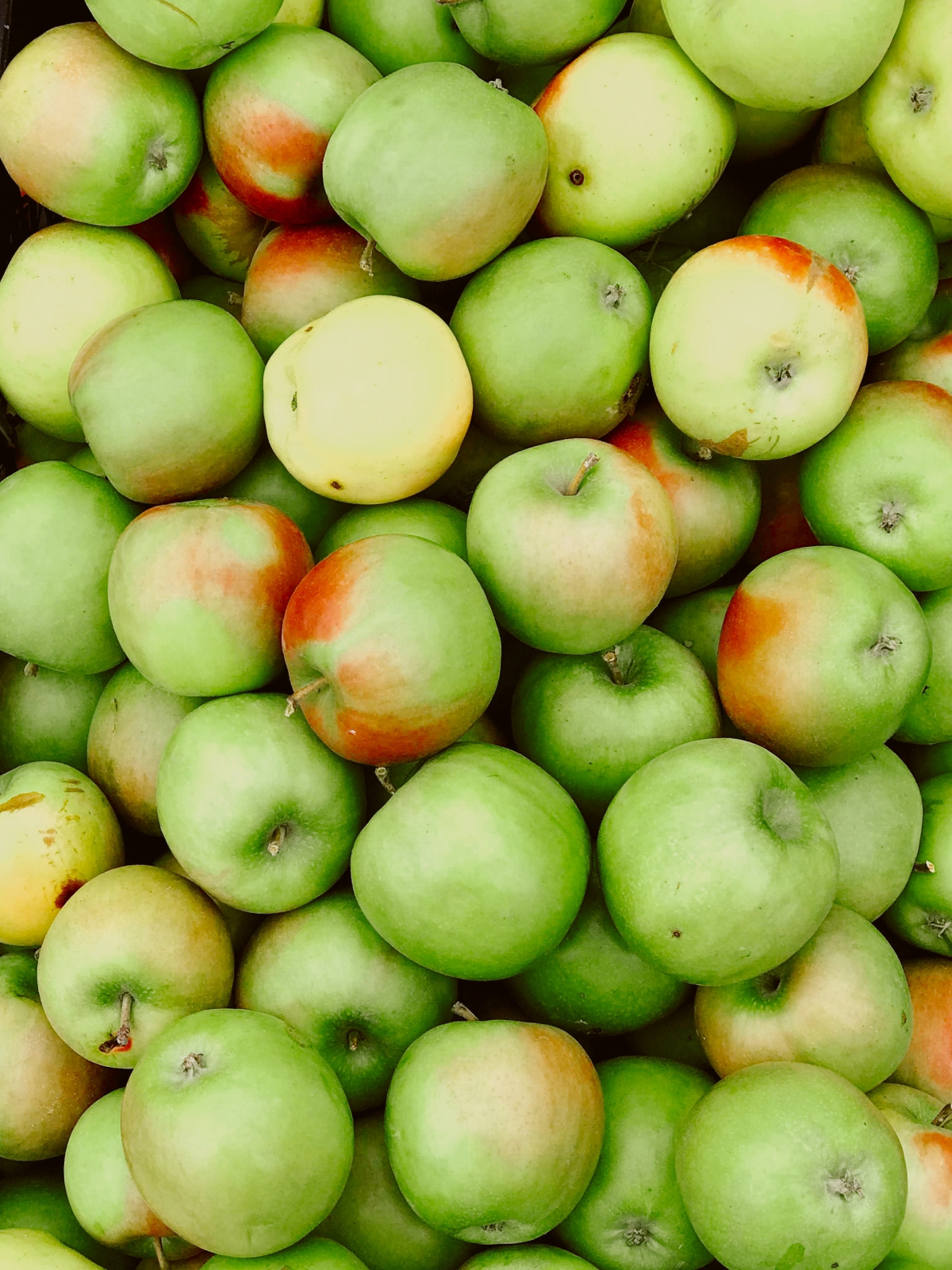
Hydration Heroes: The Right Herbal Tea for the Job
Sipping on warm tea is soothing in itself, but the right herbs can provide targeted relief. Here’s how to choose.
If your main complaint is nausea or that “food is just sitting there” feeling, go for Ginger Tea. It’s the gold standard for queasiness. Active compounds in ginger help speed up stomach emptying and quell nausea signals. For the best effect, use fresh ginger root, not a tea bag. Just grate about a one-inch piece of peeled ginger into a mug, pour boiling water over it, and let it steep for 10 minutes before straining.
But, if your primary issue is cramping and gas, then Peppermint Tea is your go-to. It acts as a natural antispasmodic, relaxing the muscles in your gut to ease spasms and let trapped gas pass. This is where it gets tricky, though…
CRITICAL WARNING: Peppermint is a double-edged sword. While it’s great for lower-gut cramping, it can seriously worsen heartburn and acid reflux. It relaxes the valve at the top of your stomach, potentially allowing acid to splash back up. So, if heartburn is part of your symptom picture, AVOID peppermint and stick with ginger or plain chamomile tea.

Foods for Rebuilding Your Gut
Once the immediate crisis has passed, you can bring in foods that help your gut lining repair itself and restore the balance of good bacteria.
Bone Broth (and its Vegan Friend)
Good quality bone broth is a gut-healing powerhouse. It’s rich in gelatin, which contains the amino acids your intestinal cells use as building blocks for repair. It’s hydrating, easy to digest, and incredibly soothing.
You can make your own by simmering bones for 12-24 hours, but honestly, who has time for that when they’re sick? A great time-saving hack is to use a pressure cooker or Instant Pot, which can get the job done in just 2-3 hours.
Can’t do bone broth? No problem. A simple, homemade vegetable or mushroom broth is a great alternative. While it won’t have the gelatin, it’s still full of minerals and provides that essential, gentle hydration.
Plain Yogurt (and its Dairy-Free Options)
A bout of stomach trouble can throw your gut bacteria way out of whack. Probiotics are the answer. I always recommend plain, unsweetened yogurt that explicitly says “live and active cultures” on the label. Avoid the flavored, sugary stuff like the plague—sugar just feeds the bad gut bugs.

If you’re dairy-free, you have great options! Look for plain, unsweetened coconut, almond, or soy-based yogurts. Just double-check that label to make sure it contains those all-important “live and active cultures.” Kefir, a drinkable yogurt, is another excellent choice with even more probiotic diversity.
Your Step-by-Step Recovery Plan
Don’t just throw all these foods at your stomach at once. Reintroduce them slowly.
- Phase 1: The First 24 Hours (Total Gut Rest)
If you’re really uncomfortable, stick to clear liquids only. Sip on water, herbal teas (ginger or chamomile), and clear bone broth or veggie broth throughout the day. This keeps you hydrated without asking your stomach to do any work. - Phase 2: Days 2-3 (First Foods)
If you’re feeling better, it’s time to try some food. Start small—and I mean small. Try just a 1/2 cup of the rice congee or half a ripe banana. Wait 2-3 hours. If you feel okay, you can try another small portion of that or something else, like a few spoonfuls of applesauce or a small, plain baked potato. - Phase 3: Moving Forward (Expanding Your Diet)
As you improve, slowly add more. Try some plain yogurt or a small piece of plain, boiled chicken. Introduce one new food at a time so you can immediately identify if something doesn’t agree with you.
Common Pitfalls to Avoid
From my experience, a few common mistakes can set people back. Here are a couple to watch out for:
Mistake
1: Guzzling water with your small meals. This can dilute your stomach’s digestive juices and make you feel more bloated. A better approach is to sip liquids 30 minutes before or after you eat.
Mistake
2: Rushing back to your normal diet. You might feel better after a day, but your stomach lining is still healing. Give it a few days of gentle foods before you even think about reintroducing coffee, spicy food, or a big, heavy meal.
Quick-Start Shopping List
Here’s what to grab at the store. You can get everything you need for under $25-$30.
- White Rice (like Jasmine or Basmati): $2-$4 for a small bag
- Fresh Ginger Root: ~$1 at any grocery store
- Ripe Bananas: ~$1-$2
- Apples (for sauce): ~$3-$4
- A tub of Plain Yogurt or a dairy-free alternative with live cultures: $4-$6
- Quality Bone Broth OR ingredients for a simple veggie broth (carrots, celery, mushrooms): $8-$12 for pre-made, less for DIY
- Plain White Bread (for toast): $2-$3
Navigating an angry stomach is about being patient and gentle with yourself. These foods are your allies for short-term relief. Listen to your body—it’s the ultimate authority. And remember, always take your health seriously and get a professional opinion when you need it.










